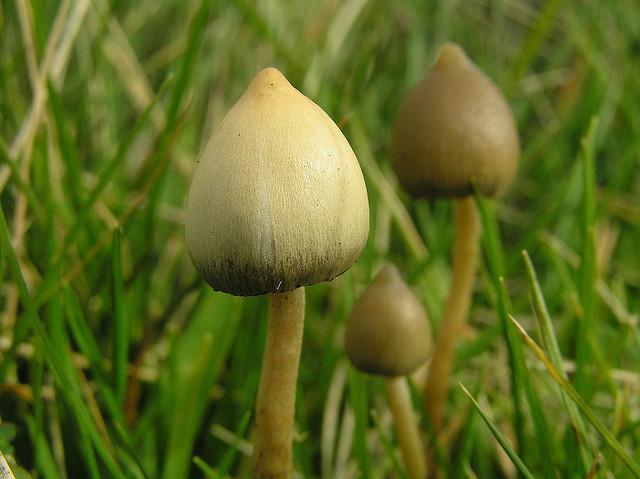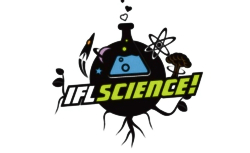Scientists Have Bioengineered Bacteria That Pump Out Psilocybin
Date: 30.9.2019
Scientists have bioengineered bacteria to pump out psilocybin, the psychoactive ingredient that puts the "magic" into magic mushrooms, in surprisingly abundant quantities.
 Researchers from Miami University managed to transfer the DNA sequences responsible for psilocybin production from a mushroom into a microbe host, a strain of E. coli, the common bacterium most often associated with food poisoning.
Researchers from Miami University managed to transfer the DNA sequences responsible for psilocybin production from a mushroom into a microbe host, a strain of E. coli, the common bacterium most often associated with food poisoning.
Reported in the journal Metabolic Engineering, the bacteria are coaxed into producing psilocybin through a practice known as metabolic engineering that uses optimizing genetic and regulatory processes within cells to increase the production of a certain substance. Remarkably, the E. coli bacteria started to pump out quantities of the psychedelic substance into a petri dish. With further tweaking, they eventually yielded psilocybin at a concentration of 1.16 grams per liter.
“We are taking the DNA from the mushroom that encodes its ability to make this product and putting it in E. coli,” lead study author Andrew Jones, a chemical and biological engineer at Miami University, said in a statement. “It’s similar to the way you make beer, through a fermentation process. We are effectively taking the technology that allows for scale and speed of production and applying it to our psilocybin producing E. coli.
“What’s exciting is the speed at which we were able to achieve our high production. Over the course of this study we improved production from only a few milligrams per liter to over a gram per liter, a near 500-fold increase,” he added.























